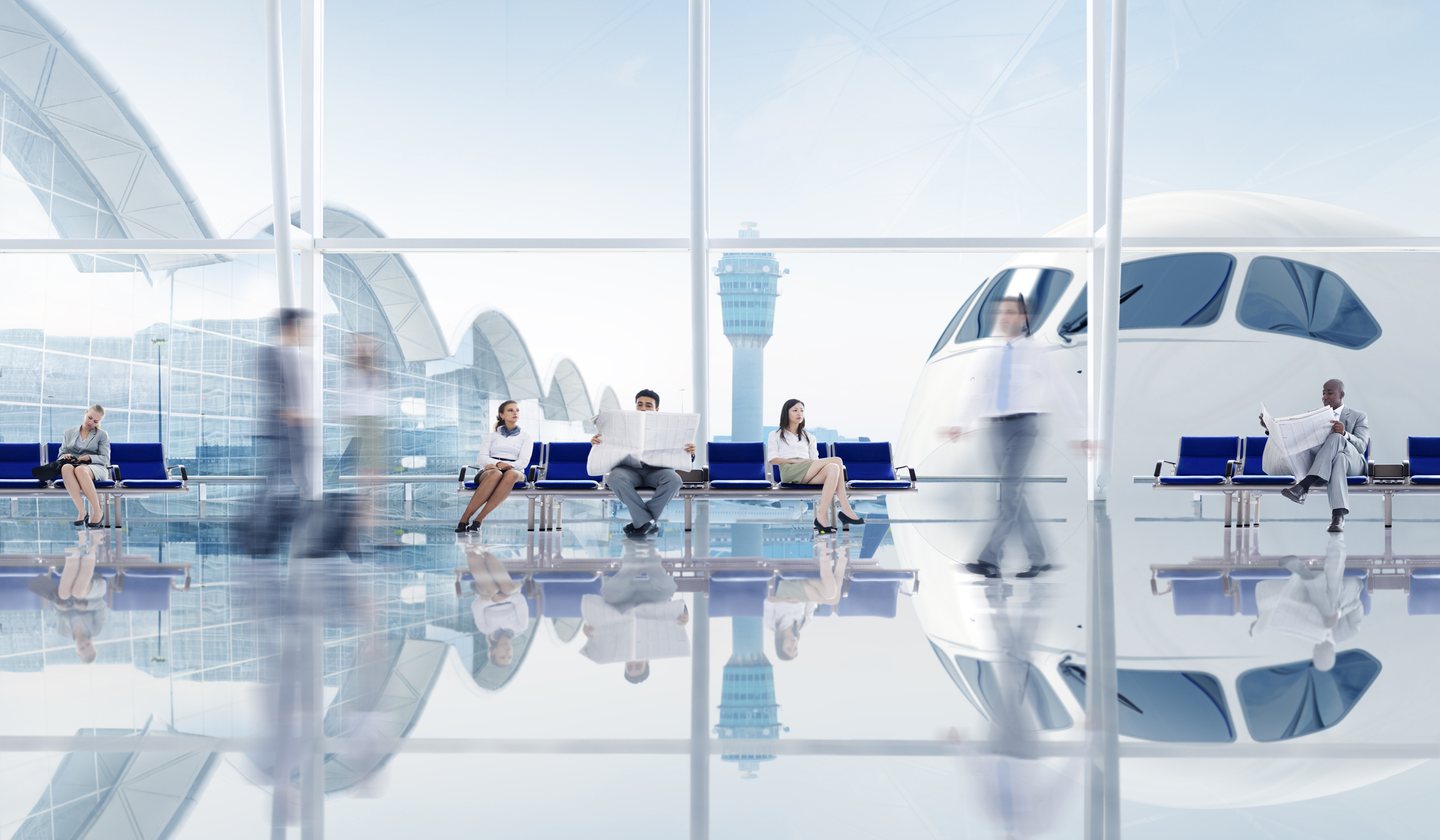Tampa International Airport Unveils Ambitious 20-Year Master Plan to Accommodate Soaring Passenger Numbers

Tampa International Airport has revealed its visionary 20-year master plan to accommodate the rapidly growing number of travelers visiting each year. With the goal of preparing for an estimated 38.8 million passengers annually by 2042, a remarkable 84% increase from 2022, the airport is set to undergo significant expansions and modernizations.
One of the key components of the master plan is the expansion of the main terminal, originally constructed over 50 years ago. The plan proposes the completion of Airside D, which has faced delays and is now scheduled for completion by 2027. Once Airside D is operational, the main terminal will reach its full capacity, necessitating the consideration of a new terminal.
The prospect of a new terminal has generated excitement among airport officials and consultants. While the airport has long been proud of its 1970s hub-and-spoke model, where airsides branch out of the main terminal connected by a tram, it has faced limitations for the past decade. The challenge now is to enhance an already successful concept and cater to the evolving needs of the community and the airport’s future.
According to Pete Ricondo, an airport consultant, the new terminal is likely to be situated north of the current hub, where employee parking and air cargo facilities currently reside. Multiple designs are under consideration for the terminal, including airsides integrated within the main building or a combination of both concepts. However, no specific design has been selected yet.
The first phase of the new terminal would encompass 10 to 12 gates, a ticket lobby with 44 counters, and up to three baggage carousels, with the potential to expand up to 45 gates based on future demand. The overall vision is to accommodate between 55 million and 60 million passengers annually. The construction of the terminal will be incremental, aligning with passenger growth patterns.
In addition to the plans for the new terminal, the master plan prioritizes upgrading the existing main terminal. The first phase aims to complete several projects proposed in the previous 2012 master plan. These projects include the Red Express curbside for travelers without checked bags and Airside D. The expansion of employee and economy parking garages and various road improvements are also part of the initial phase.
Moreover, Tampa International Airport is forward-thinking in its preparations for the future of aviation. The master plan outlines the accommodation of new modes of transportation, such as electric vertical take-off and landing planes. These electric air taxis have diverse applications, ranging from passenger service to cargo transportation, and are seen as a potential revolution in the aviation industry.
Consultants have identified suitable locations for the integration of electric air taxis, which could connect cities and even suburban areas. The airport aims to stay at the forefront of this emerging trend, which is expected to have operations in several cities by 2035 and full automation capabilities in many more cities by 2045.
As the master plan lays out the ambitious vision for the airport’s future, officials are now focused on determining the costs associated with these extensive developments. With a commitment to modernizing and expanding its infrastructure, Tampa International Airport is poised to become a leading player in the aviation industry, accommodating millions of passengers and embracing the technology of tomorrow.
